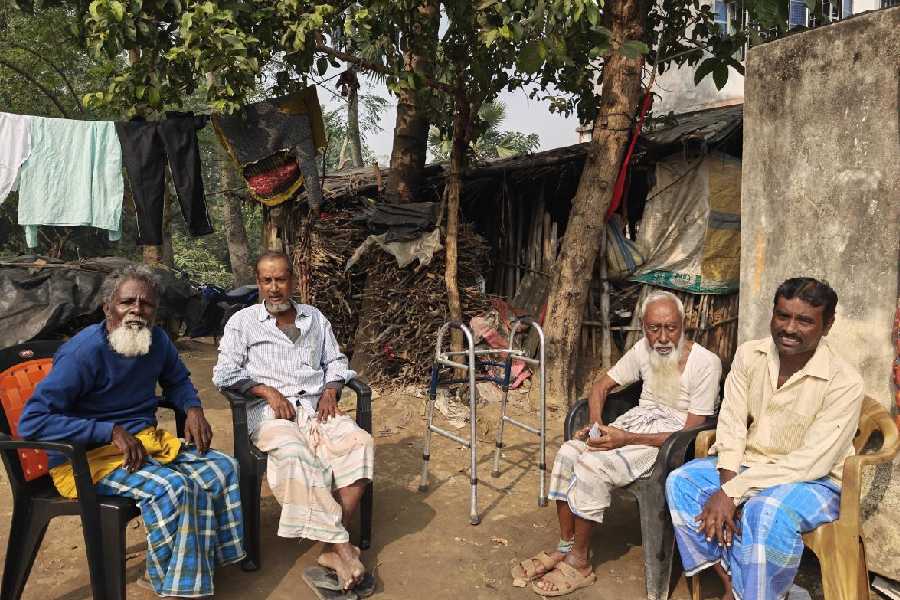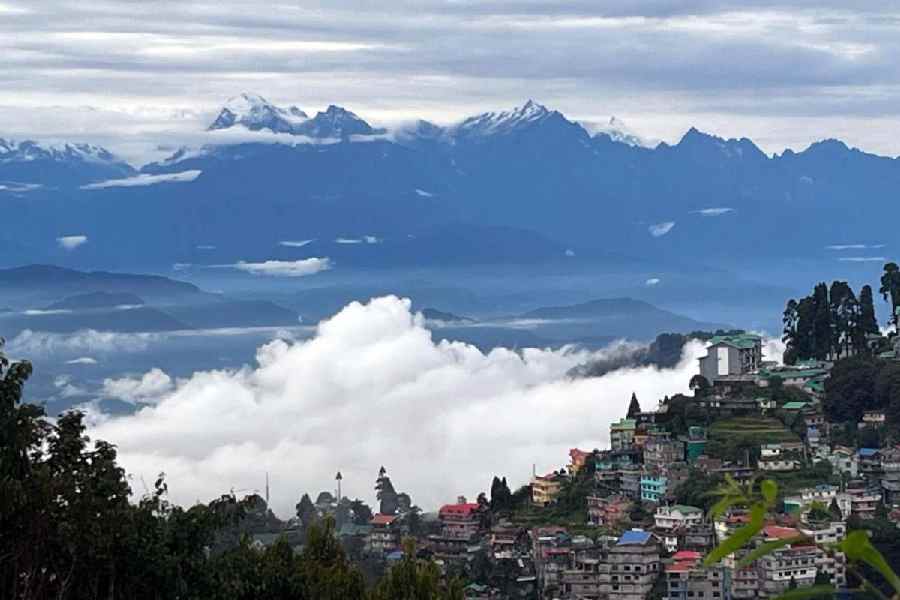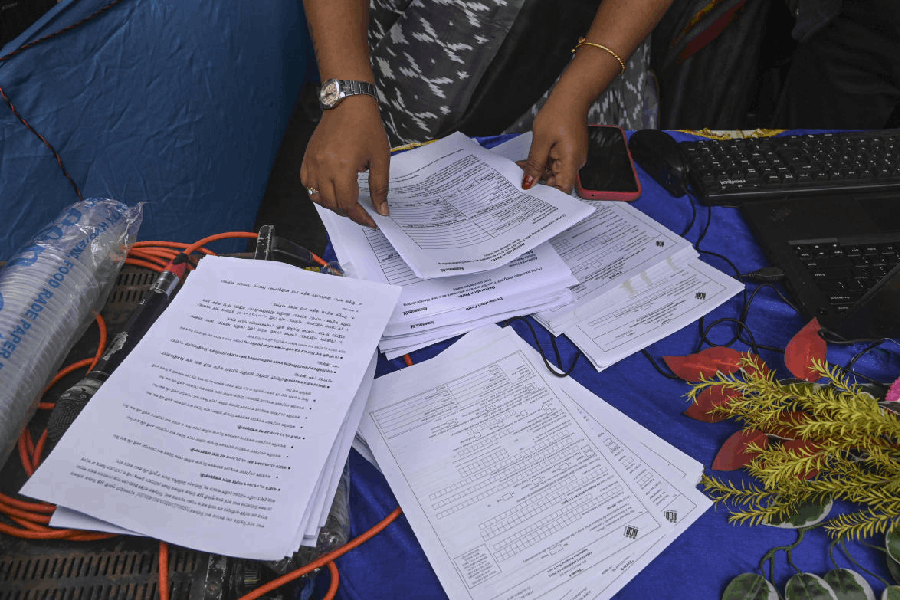 |
| A terracotta find at the Joynagar dig |
Why is there no evidence of human habitation continuing at Dhosa and Tilpi after the Gupta period? The settlements we see crowding the region near Joynagar today date roughly from the medieval period (16th or 17th Century AD). So what made people leave the banks of the Piyali in the 5th or 6th Century BC? Was it a natural calamity or just the extreme salinity of the river and ground water?
Then, there are the concentric squares of the structure unearthed at Dhosa. Do they prove the existence of a stupa, one of the 22 Fa Hien reported having seen? Archaeologists are not sure, even after a month of excavations, said Amal Roy, superintendent, directorate of state archaeology who has been guiding a team of young archaeologists at the twin sites of Dhosa and Tilpi.
Roy was speaking at the three-day seminar on ?Recent researches on archaeology and pre-modern history? that started at the Asutosh Memorial Hall of the Indian Museum on Thursday. The seminar, the first of its kind initiated by the Centre for Archaeological Studies, provides upcoming researchers with the opportunity to discuss their work with experts and fellow scholars. At least 18 other researchers will be reading papers on subjects as varied as Mesolithic Hunter-Gatherers of Bengal to GIS Application in Archaeology.
At the inaugural session, Barun De, historian and chairperson of the state archaeology advisory, called for more extensive research of local sites such as the yet-to-be examined mound near Jairambati. He urged for the documentation and publication of field reports and stressed the need for archaeology to become an interdisciplinary subject, linked with geology, geomorphology, chemistry and physics.
Listening to Amal Roy, one realised that to some extent, this had already come to pass. Not only have experts like S.N. Rajguru from Deccan College and Sunando Lahiri from Geological Society of India visited the sites and given their views but the varied findings ? inscribed bricks, cast copper coins, glazed pottery, biological remains like bones and nails ? are in the process of being tested and analysed by specialists from different fields.
The paper on the Dhosa-Tilpi excavations was undoubtedly one of the star attractions of the seminar. Astonishment and incredulity greeted the slide show of findings of terracotta, stone and metal dating from 2nd and 1st Century BC. According to Roy, there is enough evidence to suggest that the site at Dhosa was that of a religious centre, probably a Buddhist stupa.











